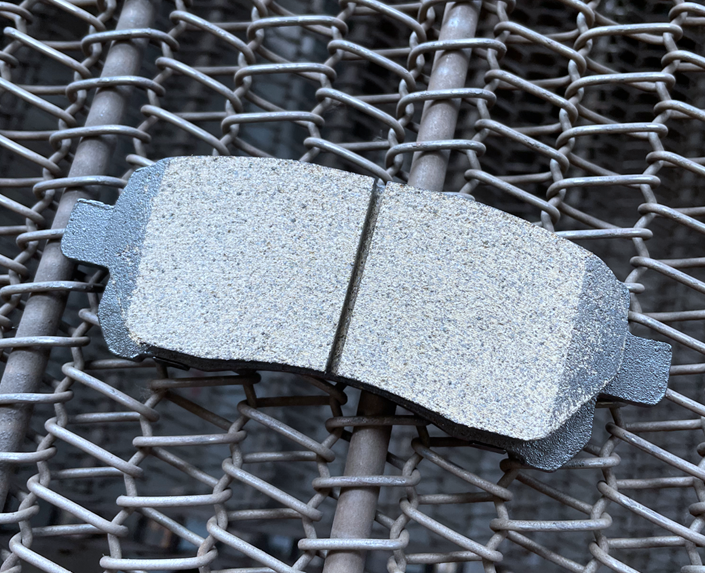CERAMIC BRAKE PADS
www.jasanbrake.com![]()
![]()

These brake pads are made from ceramic very similar to the type of ceramic used to make pottery and plates, but is denser and much more durable. Ceramic brake pads also have fine copper fibers embedded within them, helping to increase their friction and heat conductivity.
Since they were developed in the mid-1980s, ceramic brake pads have been consistently increasing in popularity for a number reasons:
• Noise-Level: Ceramic brake pads are very quiet, creating little-to-no extra sound when the brakes are applied.
• Wear & Tear Residue: Compared to organic brake pads, ceramic brake pads tend to produce less dust and other particles over time as they wear down.
• Temperature & Driving Conditions: Compared to organic brake pads, ceramic brake pads can be more reliable in a wider range of temperatures and driving conditions.
But, as with most things, there is some “give” that comes with the “take”; ceramic brake pads do have some limitations. Primarily, their cost: due to higher manufacturing costs, ceramic brake pads tend to be the most expensive of all types of brake pad. Also, since both ceramic and copper can’t absorb as much heat as other types of materials, more of the heat generated by braking will pass through the brake pads and into the rest of the braking system. This can cause more wear and tear on other braking components. Lastly, ceramic brake pads aren’t considered the best choice for extreme driving conditions, such as very cold climates or racing conditions.
We can solve it for you in the shortest time, and any related help.

TEL +86-576-88665186
E-MAIL brake08@163.vip.com
ADD NO.289 Donghai Avenue.Baiyun Street.JiJu District.Taizhou City.Zhejiang Province. China
Production base: Gucheng County Economic Development Zone, Hengshui City, Hebei Province.

扫描二维码添加嘉胜微信